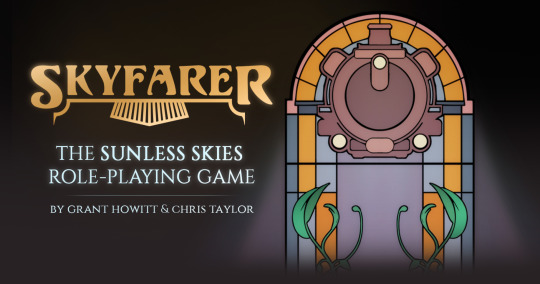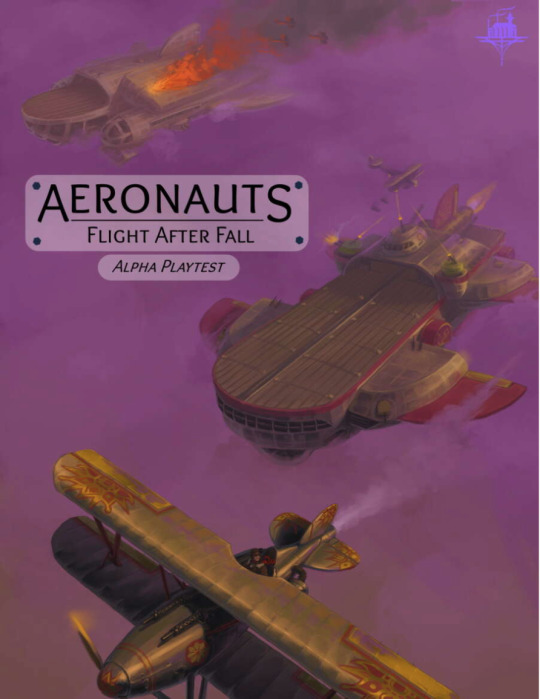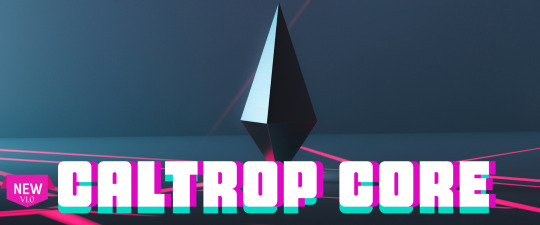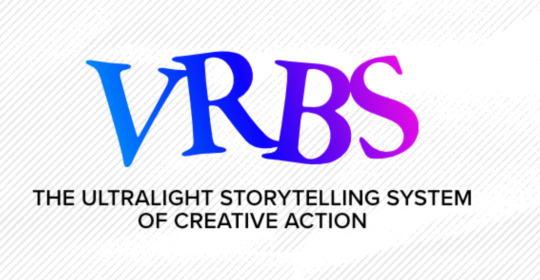#skyfaring fragments
Note
(To clarify, I don’t have any preferences on genre or tone here, just budget. Or lack thereof I guess.)
THEME: Free TTRPGs (2/2)
I’m so so glad that you posted two asks because holy shit do I have recommendations. This is the second part, once again organized into different pieces of advice!


4. Unofficial games based on a licensed IP.
Yeah, people do crazy things for the stuff they love, including designing an entire roleplaying game and then releasing it for free! Here’s a few that I’ve found.
Unofficial Hollow Knight RPG, by HKRPG Team.
Vast kingdoms, ancient mysteries, and adversaries far beyond reckoning await you.
The Unofficial Hollow Knight RPG is an original tabletop role-playing system inspired by Team Cherry's hit indie title. In HKRPG, players take the form of daring bugs going on adventures in the strange and wondrous world of Hollow Knight and its insect-populated kingdoms.
What a labour of love this game is. This TTRPG feels dungeon-crawly, which makes sense considering the game it’s designed after. Each bug has hit points, stamina points, and Soul, referring to their magical reserves. Inventory is also tracked, using a pool called Stash. There are three Bug templates available for you to choose: Small, Average and Large, with different benefits and drawbacks for each template. There’s over 100 pages of character traits and abilities, spells, charms and rituals, items and obstacles, which allow for complex character builds.
On the GM side, there’s links to info for settings and NPCs, as well as Lands Beyond, a supplement that allows you to create your own insect kingdoms and gives you four random roll tables to aid you in this creation. If you want to replicate your own little traumatized bug adventure, this game is absolutely for you!
Skyfarer, by Failbetter Games.
Queen Victoria has brought London into the heavens. The High Wilderness stretches out ahead of you; cruel, unwelcoming, and filled with opportunity. Here you make your living as a Skyfarer, working on board a locomotive jury-rigged to fly through these cold skies and raging winds. Your captain has taken you to the Reach, a frontier on the edge of civilization, in search of fame, fortune and adventure.
You will change out here, where the Empire’s light falters and casts deep shadows, where rebels stake their claim on fragments of sky-rock riddled with fungus, where pillagers dig into ruins built by the now-dead sun.
Players form the crew of a spacefaring steam locomotive. Gunners, quartermasters, engineers, signallers – even mascots – are brought to the fore as the Captain is struck down by misfortune and the crew must band together to get out of (or into) many surprising kinds of trouble.
Using a simple dice-based system, Skyfarer allows players and game-masters to easily tell stories set in the Fallen London universe with plenty of climactic moments, tense stand-offs, and grim decisions. As characters risk life and limb, they’ll accrue Peril – the more Peril they have, the greater the chance of them meeting a grisly and permanent end.
This game uses both d6s and d10s, and leans more towards the narrative side: your character qualities are descriptive, and your abilities are abstract representations, titled Iron, Mirrors, Veils and Hearts. You’ll collaboratively come up with your starting situation, and include details like who your Captain is, what the current crisis is, and what kinds of Allies and Antagonists are involved.
One thing that’s really unique about this game is that there’s a character that the GM must play - the Captain, someone who gives orders to others, but for the purpose of this game, can’t carry out their normal duties for some reason or another. Once you set up your characters and determine what your starting scenario looks like, you’re good to go!


5. Playtests.
Sometimes the playtest of a game is released free of charge, with all of its editing errors and without any art. These games won’t be perfect, but they contain rules, as much of the setting as the creator has managed to flesh out so far, and the spark of creativity that can pull you into a fantastic community. Get in early on a playtest and you might find yourself holding the early stages of something truly great - and you’ll get a sense of warmth knowing you got to be part of it.
Aeronauts: Flight After Fall, by Electric Purple Studios.
The world is covered in purple mist, the legacy of some cataclysm long past. Through the haze have risen several powerful city-states, built where the mist is thin enough that they are not constantly besieged by the fog’s lurking horrors. Now airships fly above the mist, and a new era of trade and conflict has begun to bustle in. The city-states, previously only in contact through small trading caravans, are now forced to face the reality of different cultures, different ways of life, and the possibility of war.
Aeronauts: Flight After Fall is a TTRPG of grand quests and small moments, of journeys from the tops of the clouds to the depths of the darkest tunnels. You and your friends tell the story of the crew of a small airship, trying to make their way in a world that is rapidly changing around you. Are you diplomatic envoys endeavoring to build connections, or are you a group of ragtag scoundrels simply trying to survive? It’s up to you.
Aeronauts uses a 3d6 system, and emphasizes narrative role-playing, similar to games like Apocalypse World and Blades in the Dark. When you roll, you add up your dice - a 15 is a critical success, 10-24 is a partial success, and a 9 or less is a failure. You will have access to a pool called Focus, which can add a bonus to your check, as well as tokens, which can be gained using certain actions and spent to alter certain types of rolls. Finally, there is a tool called Kismet, which allows characters to establish details within the narrative, either for their benefit or just to put their own personal stamp on part of the story.
The rules as put out here are simple, but the ways you can use them and your characters go into much more detail, taking up 198 pages in total. There’s rules for different kinds of combat, examples of how to use certain parts of your character sheet, a delve into the lore, and pre-made characters who want to pick up the game sooner rather than later. There’s also a community Discord advertised in case you want to find other players, talk about the game, and get updates about changes as they happen.
The Modern Eldritch, by Moondog Gaming Press.
The Modern Eldritch leads you into a world run by mega-corps headed by eldritch horrors who demand brand loyalty over blood sacrifice, wizards who believe themselves better than worldly governments, and non-profits who leverage vast intelligence networks to find donors. Players take on the roles of average citizens who have had their lives shattered by these systems, and now must journey through this world to fight for some sense of normalcy.
The Modern Eldritch utilizes quick character creation, which revolves around crafting motivations and backstory; a wide skill set and freeform magic system which encourage roleplay and creativity to tackle obstacles; and a unique exhaustion system that invites players to gamble with their own sanity to increase their odds of success.
This PDF starts off with a quick introduction to the world and an outline of some basic concessions that the group should agree on before getting ready to play. Character abilities are ranked from a d4 to a d12, and character skills are ranked from 1 to 5. You’ll be rolling dice pools, and adding up the results to determine whether or not you succeed. You’ll also assign positive and negative elements to your character, to flesh them out and give them exploitable weaknesses - this is an eldritch horror game, after all.
This game is also supported by a Discord server, and also provides a link to a Playtest Survey, where you can send in your feedback for future edits! My only complaint is that the PDF takes a little bit long to load - it takes patience!


6. SRDs - write your own game!
Maybe you have the perfect idea of a game in your head. Maybe you have a setting that you absolutely adore - you just need rules to tell you how to play a character in that setting. Maybe you really really like filling all of your free hours with matching character tropes to game stats and putting together character sheets and writing random tables…. maybe I’m just calling myself out here.
SRDs are tools to help you design your own game in your own setting using rules that have already been sorted out. They will contain advice about the kinds of games that were in the creator’s mind when designing the rules system, and steps through what a character will need. Creators often offer them up for free, out of the kindness of their hearts and the desire to see just how far people can take their rules and bend the genre.
Caltrop Core, by titanomachyRPG.
Ever wondered how to make your own TTRPG? Welcome to v1.0 of Caltrop Core, an introductory game design system using the humble and sharp d4! It's extremely simple and bare bones so anyone can make a game with it, regardless of your experience level! It can have as much or as little complexity as you like.
This game is extremely beginner friendly, and familiarizes you with the core dice-rolling mechanic before introducing you to character building blocks, ways to communicate genre and tone, and optional elements that help characters change the narrative. There’s also an entire collection of Caltrop Core games for you to check out (some of which are free to download!) that really show off what this system can do!
Titanomachy has also released Caltrop Core EX, which they refer to as a “director’s cut” of the regular SRD, and EMERGE8, an SRD that’s designed to help you create your game as you play it. It uses a d8 dice mechanic that takes inspiration from World of Darkness dice pools, as well as a few other tips and tricks that encourage collaboration between players and GM.
VRBS SRD, by David Garrett.
VRBS is an ultralight system for creating highly improvisational role-playing games that reward creative, heroic action. It has a universal conflict resolution mechanic that requires a single six-sided die. In VRBS, characters are defined by what they do, not by abstract statistics. Characters can attempt anything that a creative hero would be able to reasonably accomplish and they either succeed or grow in the process.
The VRBS SRD is easy to understand and is excellent for games that need a tight session with an easy-to-predict end time. It uses only d6’s - the easiest-to-find dice - and sets up your characters to move through three scenes, plus one scene through each member of the group. Throughout the game, they will draw on a pool of Energy. If you finish the final Scene without depleting your Energy, you are sucessful! Run out of energy, you go home. Try again tomorrow.
Full disclosure, I have designed a game using this SRD before - Mischief by Moonlight, a game about small gods getting up to shenanigans inside a museum where their relics have been trapped. (Go ahead and download it for free!)
Finally…
Games I’ve recommended in the past!
Mothership, by Tuesday Knight Games.
IronSworn, by Shawn Tomkin.
Straight to VHS, by Lost Cat Games.
171 notes
·
View notes